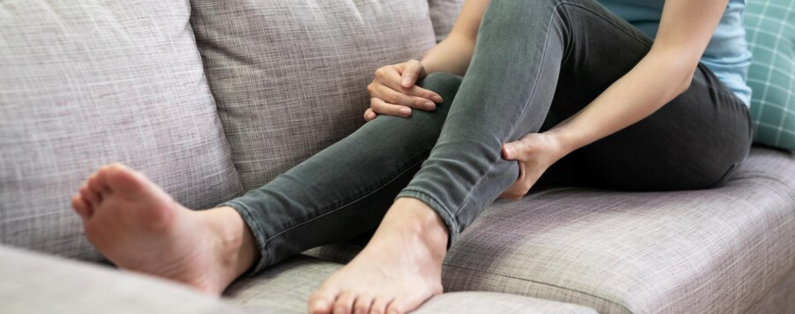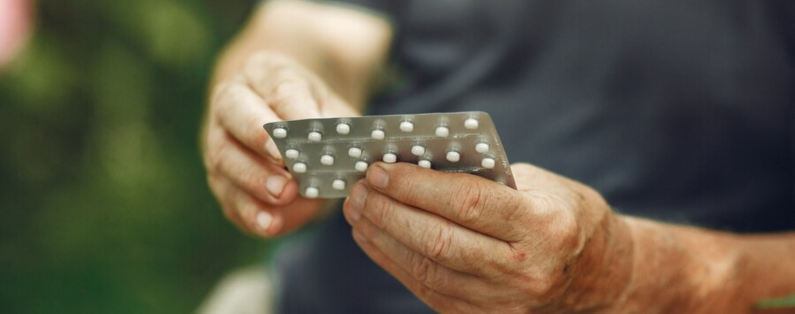Unraveling the Restless Nights: Periodic Limb Movement Disorder
Periodic Limb Movement Disorder (PLMD) quietly disrupts the tranquility of sleep, causing involuntary and repetitive limb movements that can lead to sleep disturbances and daytime fatigue. This sleep-related movement disorder is characterized by periodic episodes of repetitive limb movements, usually involving the legs, during sleep. Understanding the nuances of PLMD is essential for those grappling with its impact on both sleep quality and overall well-being.

The key periodic limb movement disorder symptoms involve rhythmic contractions of the leg muscles, occurring every 20 to 40 seconds. These movements are often brief and may involve the flexing of the toes, ankles, knees, or hips. While individuals with PLMD are typically unaware of these movements, their sleep partners may notice the constant, involuntary jerking or kicking motions during the night.
Examples of periodic limb movement disorder symptoms can include restless sleep, frequent awakenings, and a persistent feeling of fatigue during the day. The consequences of PLMD extend beyond the nocturnal realm, impacting cognitive function, mood, and overall quality of life. Identifying and addressing these symptoms is crucial for effective management.
The prevalence of PLMD is not fully understood, as it often coexists with other sleep disorders, such as insomnia or restless legs syndrome. It is more common in older adults, and certain medical conditions, such as sleep apnea, can contribute to the development of PLMD.
When contemplating periodic limb movement disorder treatment, lifestyle modifications and behavioral interventions play a significant role. Adopting good sleep hygiene practices, such as maintaining a regular sleep schedule and creating a conducive sleep environment, can mitigate the impact of PLMD. For some individuals, addressing factors like caffeine and alcohol intake, which can exacerbate symptoms, may be beneficial.
In more severe cases, medications may be considered as part of the periodic limb movement disorder treatment plan. Medications such as dopamine agonists or anticonvulsants can help regulate the limb movements and improve sleep quality.

Although there is no cure for PLMD, managing the symptoms is essential for a better quality of life. A personalized approach to periodic limb movement disorder treatment, taking into account individual symptoms, lifestyle factors, and overall health, is crucial for success.
In conclusion, Periodic Limb Movement Disorder presents a unique set of challenges, disrupting the peaceful progression of sleep with involuntary limb movements. Understanding the periodic limb movement disorder symptoms and seeking appropriate interventions can pave the way to improved sleep quality and overall well-being, offering a more restful and rejuvenating night's sleep.